Understanding Kids Bike Geometry and Its Impact
The geometry of a kids’ bike refers to the precise arrangement and angles of its frame components, such as the top tube, seat tube, head tube, and wheelbase. These elements collectively determine how a child’s body aligns with the bike, influencing balance, comfort, and control. For young riders, who are still developing coordination and strength, correct geometry can make the difference between a confident experience and one that feels unstable or tiring.
Key Geometry Factors Affecting Balance
Wheelbase Length and Stability
A longer wheelbase generally provides better stability, helping children maintain balance, especially at lower speeds. Shorter wheelbases make a bike more agile but can feel twitchy to inexperienced riders. For kids who are just learning to ride, a slightly longer wheelbase offers smoother handling and improved confidence.
Head Tube Angle and Steering Response
The head tube angle controls how quickly the front wheel turns. A slacker (more horizontal) angle provides gentle, predictable steering—ideal for younger children still mastering coordination. A steeper angle allows faster turns but demands greater control, suitable for older or more skilled riders.
Bottom Bracket Height and Center of Gravity
A lower bottom bracket lowers the bike’s center of gravity, improving stability and reducing the chance of tipping. For balance and beginner bikes, this design supports steadier riding and easier foot placement on the ground.
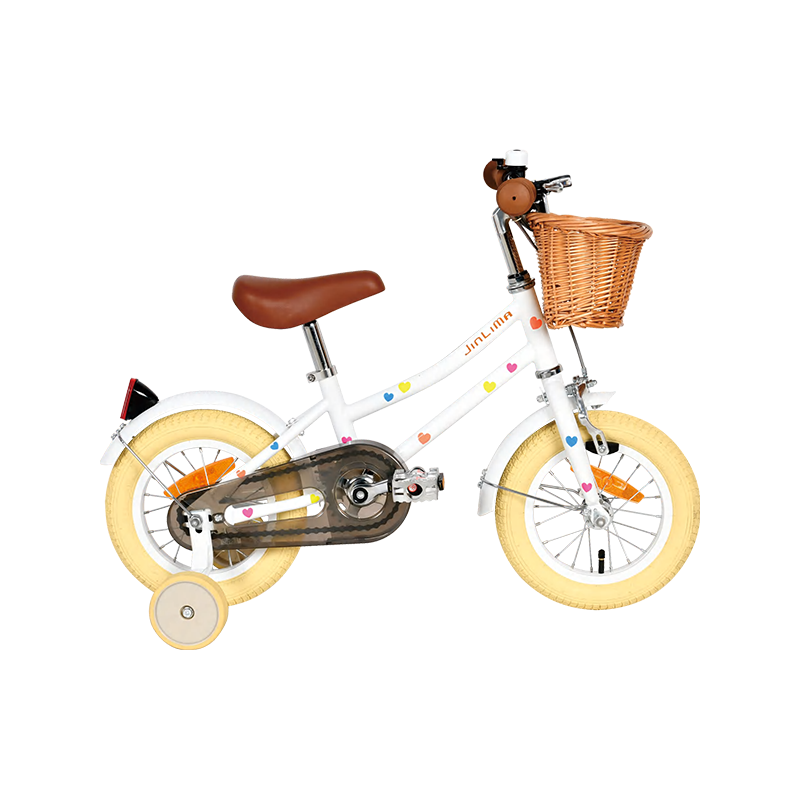
Geometry and Riding Comfort
Seat Tube Angle and Pedaling Efficiency
The seat tube angle determines the pedaling posture. A more upright angle keeps the rider closer to the handlebars and offers better comfort for short rides, while a slightly reclined angle supports more efficient pedaling during longer sessions. The right seat angle helps prevent leg fatigue and encourages proper muscle use.
Reach and Handlebar Height
The reach—the horizontal distance from the seat to the handlebars—should match a child’s arm length. Too long, and the rider leans forward excessively, straining the back and wrists. Too short, and steering becomes awkward. Adjustable handlebar heights allow fine-tuning, promoting a natural upright posture that reduces discomfort.
Top Tube Length and Mounting Ease
Top tube length affects both comfort and accessibility. A shorter top tube allows easier mounting and dismounting, especially important for younger children. It also supports an upright sitting position, which enhances comfort and confidence during early riding stages.
Balancing Geometry for Different Age Groups
As children grow, their proportions and riding abilities change, so bike geometry must adapt accordingly. Balance bikes and early pedal bikes emphasize low seat heights and stability, while bikes for older children introduce more dynamic geometries for control and speed. Selecting the right configuration ensures safe skill progression without compromising comfort.
| Age Group | Recommended Geometry Traits |
| 2–4 years (Balance Bikes) | Low standover height, long wheelbase, slack head tube |
| 4–7 years (First Pedal Bikes) | Moderate wheelbase, upright seat angle, adjustable reach |
| 7+ years (Advanced Riding) | Slightly steeper head tube, longer top tube for active posture |
Practical Tips for Parents Selecting the Right Geometry
- Check that your child can place both feet flat on the ground while seated for better balance control.
- Opt for adjustable handlebars and seats to adapt the bike as the child grows.
- Prioritize stability and comfort over sportier designs, especially for beginner riders.
- Test ride if possible—comfort and control are best evaluated by the child’s natural posture on the bike.
Conclusion: Geometry as the Foundation of Confidence
The geometry of a kids’ bike is more than a technical specification—it directly affects how easily and comfortably a child learns to ride. Properly balanced dimensions support stability, efficient pedaling, and upright posture, allowing young riders to develop skills with confidence and enjoyment. Choosing the right geometry helps transform early cycling experiences into lasting enthusiasm for riding.


 0
0


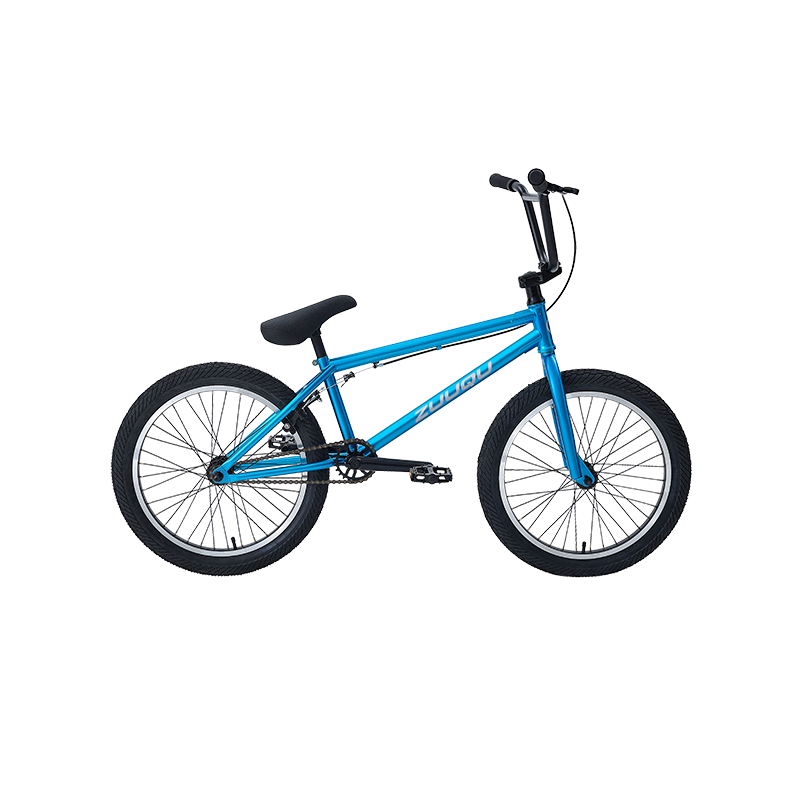

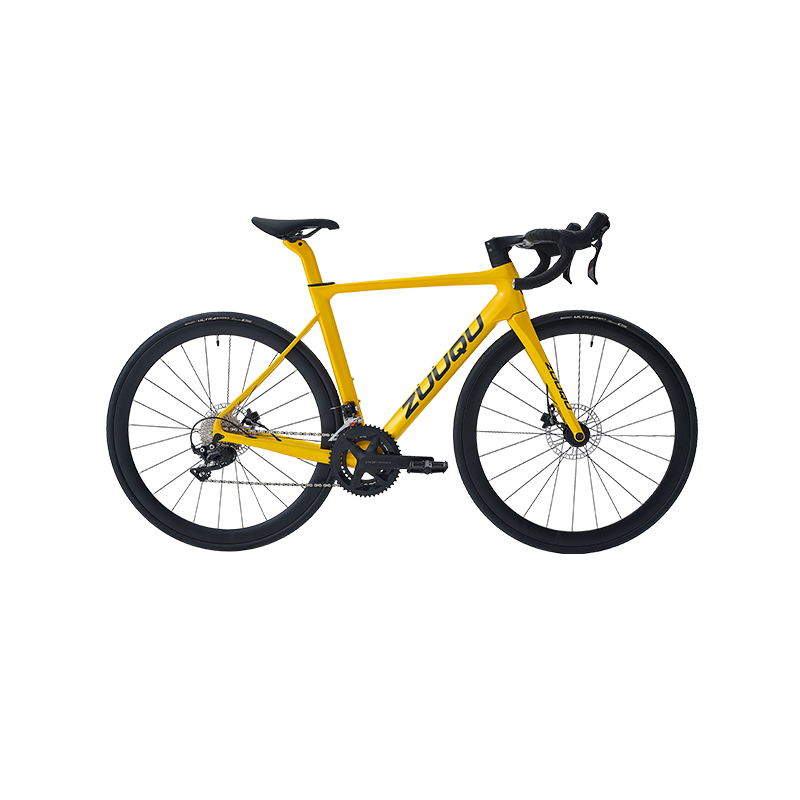
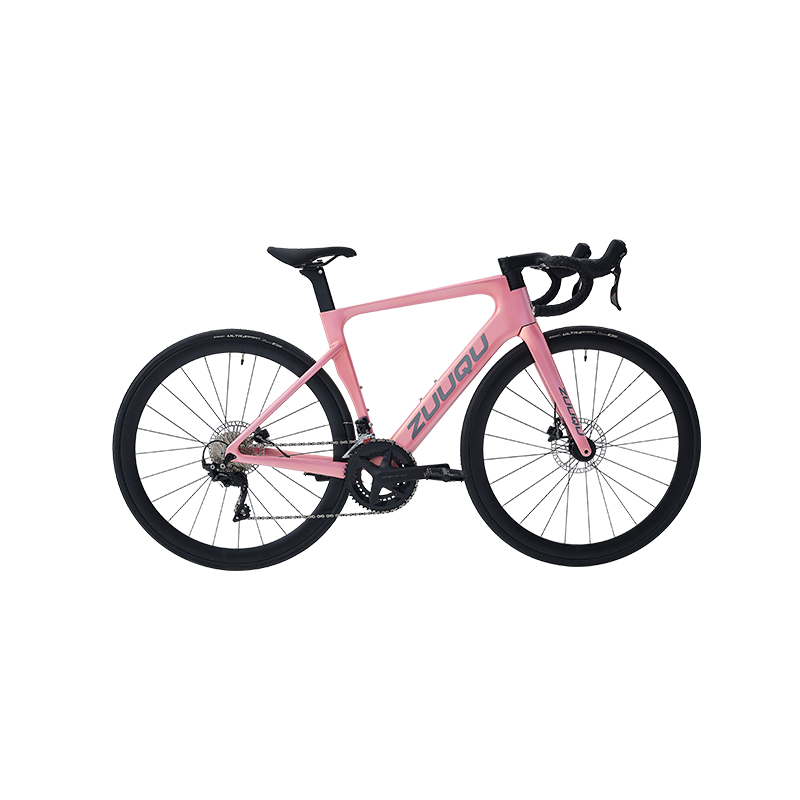

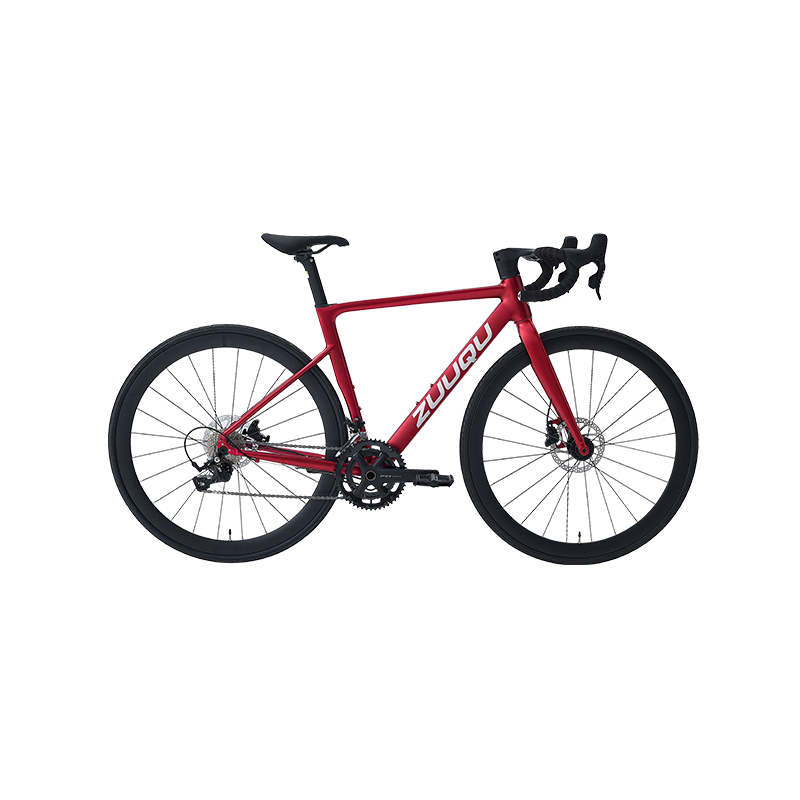
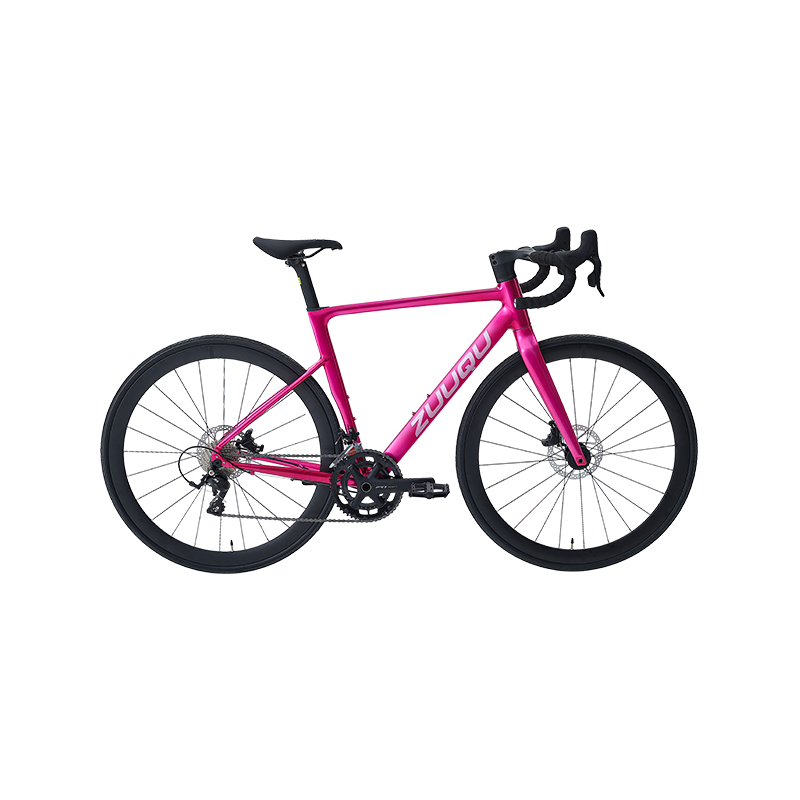

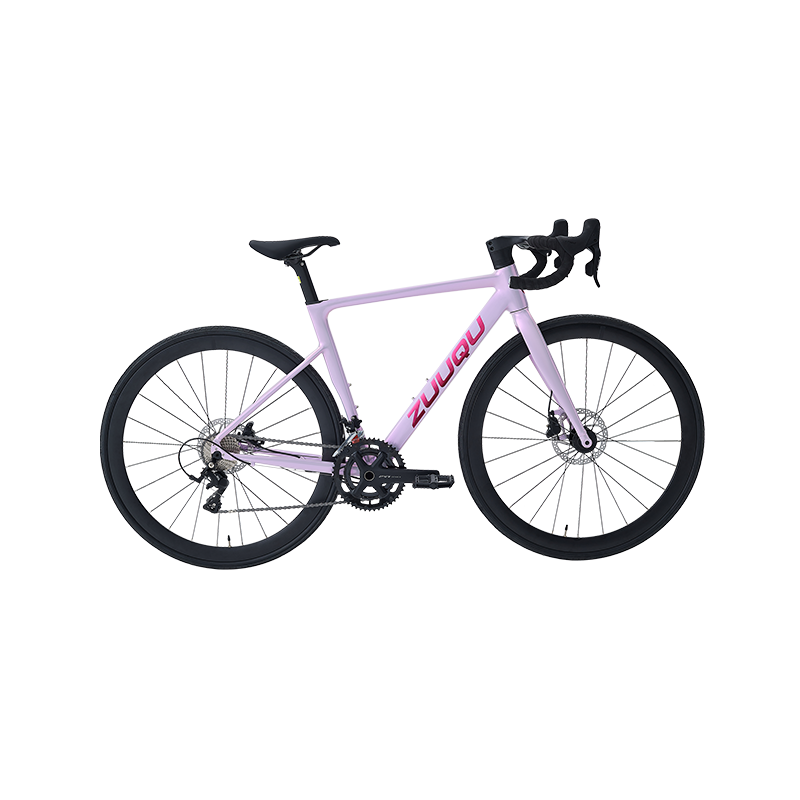
 Linhang industry park, Zhuji,
Linhang industry park, Zhuji,  +86-18858280688
+86-18858280688
